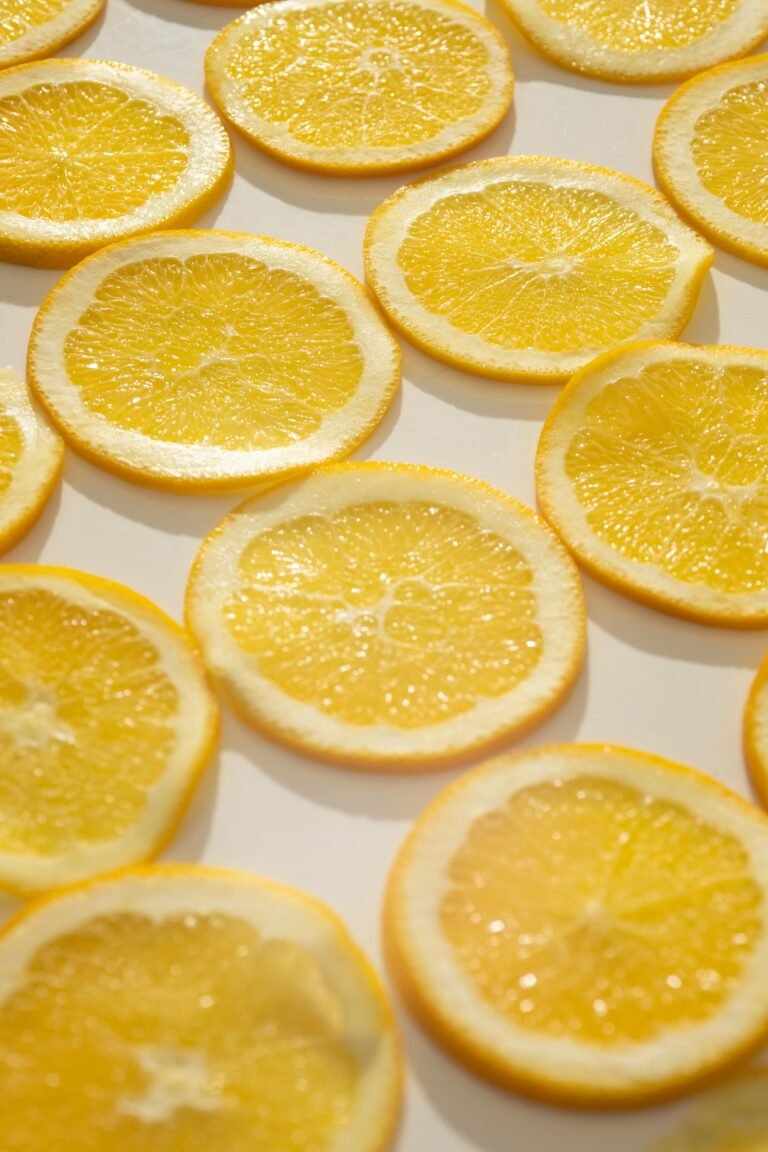Anti-inflammatory diet: typical menu and advice
Anti-inflammatory diet: what is it all about? The anti-inflammatory diet is a useful diet to boost our health and our metabolism, with an increase in foods rich in antioxidants, vitamins and minerals, and a reduction in pro-inflammatory foods, which cause digestive problems and health problems in the long run. load of various organs, such as intestines, skin, liver, pancreas. The anti-inflammatory diet is based on a few simple rules and on a typical menu that we can vary according to the seasonality of some foods such as fish, fruit and vegetables, nuts.
ANTI-INFLAMMATORY DIET: THE CARDINE PRINCIPLES
– Keep blood sugar at bay with low glycemic load meals (whole grains, vegetables and fruit, balanced meals between carbohydrates and proteins) and greater attention to fiber
– Respect the seasonality of foods and vary fruit and vegetables in based on color
– Consume fish 3 to 4 times a week, preferring it to meat
– Consume legumes 3-4 times a week, supplementing them with cereals throughout the day – Limit pro-inflammatory foods: processed meat, sausages, canned products, products industrial – Do one day a week without meat and possibly vegetarian / vegan – Pay attention to the food, the quality of meals with light cooking– Use supplements only for proven food deficiencies and limit drugs to what is indispensable
– Use probiotics or lactic ferments daily
ANTI-INFLAMMATORY DIET: THE TYPICAL MENU
Breakfast: acidulated water with lemon juice + a probiotic
A cup of green tea (coffee ok but in moderation) + 150 grams of low-fat Greek yogurt / a jar of natural low-fat yogurt / a jar of soy yogurt natural / 100 grams of lean ricotta / 200 ml of skim or soy milk + a tablespoon of whole oat flakes / sugar-free muesli / 1 slice of wholemeal bread with sourdough with a teaspoon of honey, malt or fruit compote / 1 slice of rye bread with a teaspoon of honey or malt or fruit compote. Snack: 100 grams of fruit / a juice of fruit and vegetables / 150 ml of juice + 10 grams of extra dark chocolate / 6 almonds / 2 nuts Lunch:
60 * grams of brown rice / whole grains such as oats / spelled / rye or pseudocereals such as quinoa / buckwheat / millet / amaranth or organic whole wheat or durum wheat pasta +
– 100 grams of fresh or boiled legumes (in glass jar), or
– 80 grams of natural mackerel / tuna or
– 50 grams of dairy product of your choice or 30 grams of aged cheese
+ vegetables at will and a level spoonful of extra virgin olive oil
+ a small low-sugar fruit
Snack: see mid-morning snack or alternatively 125 grams of low-fat yogurt with a few pieces of fruit
Dinner:1 tofu or legume burger, also homemade / 150 grams of white fish with simple cooking or 200 grams of shellfish / shellfish of your choice / 120 grams of turkey or defatted chicken / 120 grams of veal or beef (about twice a week) / 2 eggs
+ 50/60 * grams of wholemeal bread of your choice or 150 grams of potatoes
+ a tablespoon of extra virgin olive oil + 100 grams of fruit of your choice.
Possible a glass of wine for men and half a glass of wine for women or an additional snack based on seeds or nuts, fruit, raw vegetables, a piece of dark chocolate, a handful of olives, a fruit-only sorbet made in home or craft.
* the quantities of pasta, cereals, bread and potatoes are an example, and must be increased according to the daily energy requirement.
* foods must be as natural as possible, with plenty of spices and herbs to limit salt consumption.


























+ There are no comments
Add yours